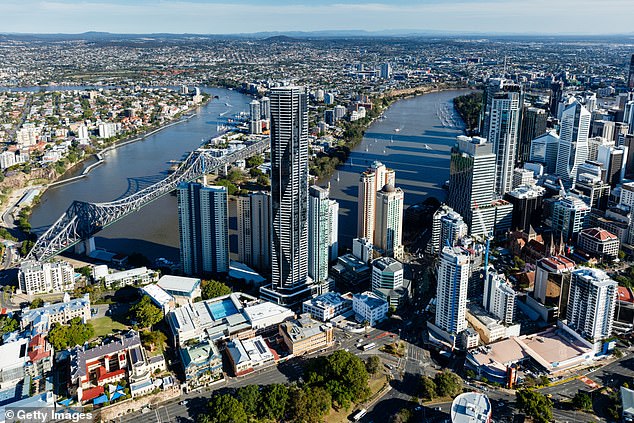Daylight savings: Do clocks go forward or back tonight? New times in NSW, Victoria, Queensland and other states
Daylight Saving Time: Will the Clocks Go Forward or Back Tonight? New times in NSW, Victoria, Queensland and other states
Millions of Australians will have to change their clocks as daylight saving time comes into effect across the country, causing many to lose an hour of sleep.
In some parts of Australia the time will be moved forward by 60 minutes from 2am to 3am on Sunday 1 October.
Residents of New South Wales, Victoria, Tasmania, the ACT and South Australia will lose an extra hour of sleep thanks to the overnight time jump.
Millions of Aussies will lose an hour of sleep on Sunday with daylight saving time until April 2024
Daylight saving time ends on Sunday, April 7, 2024, when those affected will get their hours of sleep back.
The one-hour jump means Aussies can enjoy an extra hour of sunshine to enjoy the warmer summer days.
Not all states and territories in Australia observe daylight saving time.
Queensland, the Northern Territory, Western Australia, Christmas Island and Cocos Keeling Islands are not participating in the switch.
On most devices connected to the Internet, the time changes automatically.
Users will have to manually set devices such as analog clocks and older technology that show time 60 minutes ahead.
When daylight saving time comes into effect, NSW, Victoria and Tasmania will use Australian Eastern Daylight Time (AEDT) to indicate the easternmost time zone in Australia during daylight saving time.
Norfolk Island will move one hour ahead of Norfolk Island Daylight Time, while South Australia will move on to Australian Central Daylight Time and half an hour behind AEDT.
Those living in non-summer jurisdictions will lag behind most eastern states over time.
Queensland will be an hour behind the AEDT states, while the Northern Territory will be an hour and a half behind.
WA residents are three hours behind their AEDT counterparts.

Sydney residents (photo Sydney Harbour) will be among the millions of Aussies switching to daylight saving time at 2am on Sunday morning
Daylight saving time has been a controversial system since its introduction during World War I and World War II.
Most states and territories were forced to switch to daylight saving time in 1971, but Queensland abandoned it the following year.
Residents of the Sunshine State remain divided on the issue, but a recent survey found two-thirds of Queenslanders wanted to reintroduce daylight saving time.
More than half of voters supported scrapping the measure when Queensland held a referendum on daylight saving time in 1992.
University of Queensland Associate Professor of Human Geography Dr Thomas Sigler, who conducted the research, told the Courier mail there was strong support among residents to bring back daylight saving time.
“Preliminary results show 67 per cent of Queenslanders are in favor,” Dr Sigler said.
“Everything north of Bundaberg and west of Toowoomba, leave that out and 80 per cent are in favor.”
Dr. Sigler said daylight saving time has become a political issue rather than a geographic one, with locals in the southeastern part of the state appearing to be in favor of moving forward an hour.
He said a significant portion of Queensland’s population would not have voted when the referendum was held in the 1990s, meaning current views may not reflect existing law.
“Next year, literally no one under the age of 50 would have voted in that first referendum,” he said.

Queenslanders have had a contentious relationship with daylight saving time after residents voted ‘no’ in a referendum in 1992, but a new survey has found more than half of Queenslanders want the measure reversed (Brisbane CBD photo)
